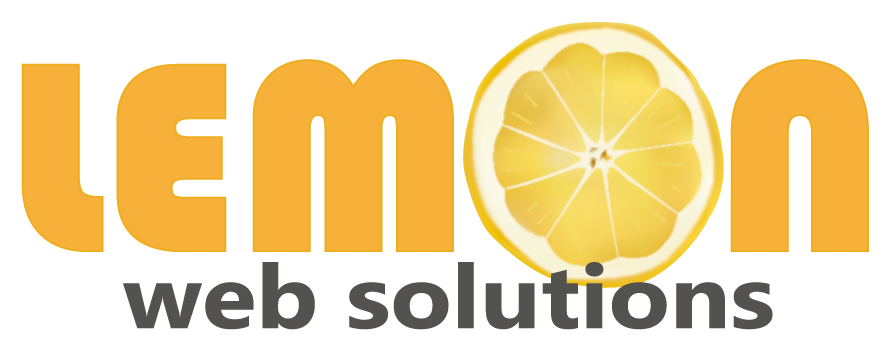Recently, I came across Webflow, a website CMS that requires no programming knowledge, allowing users to leverage their design skills instead. During my exploration, I discovered a Singaporean design agency (I won't disclose the company's name) that charges high prices for their services. Surprisingly, their work appears to lack the expected quality, showcasing simplistic designs and a subpar level of creativity, all without the need for any programming expertise.
Intrigued by the potential of Webflow and curious to understand its capabilities better, I decided to dive deeper into the platform myself. I reviewed Webflow.io, familiarized myself with how the CMS works, and tested its features extensively. Through this hands-on experience, i found that Webflow is a powerful and accessible tool that empowers individuals to create professional websites. However, its effectiveness depends heavily on the skill and creativity of the user, underscoring that while the platform is robust, design quality ultimately lies in the designer's hands.
Webflow is a versatile website design and development platform that empowers users to create professional, responsive websites without the need for extensive coding knowledge. Its intuitive visual interface allows designers and developers to collaborate seamlessly, streamlining the web development process. One of Webflow's standout features is its robust Content Management System (CMS), which enables users to manage dynamic content efficiently. This functionality is particularly beneficial for blogs, portfolios, and e-commerce sites, where content needs regular updating. The platform offers a wide array of design tools, including the rich text element, which simplifies the creation of long-form content such as blog posts and about pages. This feature allows for the integration of various content types—headings, paragraphs, images, and videos—within a single element, enhancing design flexibility.
Webflow's interactions and animations capabilities enable the creation of immersive web experiences. Users can design complex animations and micro-interactions without writing code, enhancing user engagement and site aesthetics. The platform's hosting services are reliable and scalable, ensuring optimal site performance. With features like global CDN, SSL certification, and fast page loading times, Webflow provides a secure and efficient hosting environment. Webflow also supports seamless integration with various third-party applications, including marketing tools and social media platforms. This extensibility allows users to enhance their websites' functionality and streamline workflows. For those new to web design or looking to expand their skills, Webflow University offers a comprehensive suite of educational resources. From tutorials to in-depth courses, users can learn how to maximize the platform's features effectively.
Webflow's design flexibility is further enhanced by its responsive design capabilities. Users can create websites that adapt seamlessly to various screen sizes and devices, ensuring a consistent user experience across platforms. The platform's e-commerce functionality allows users to build and manage online stores with ease. Features like custom product fields, flexible payment options, and inventory management make it a comprehensive solution for online retail. Webflow's SEO tools provide users with the ability to optimize their sites for search engines effectively. With fine-tuned controls over meta titles, descriptions, and alt text, users can enhance their site's visibility and search engine ranking. The platform's community and support resources are robust, offering forums, customer stories, and a network of certified partners. This support ecosystem fosters collaboration and knowledge sharing among users.
In summary, Webflow stands out as a comprehensive website design and development platform that combines powerful features with user-friendly tools. Its emphasis on design flexibility, content management, and seamless integrations makes it a valuable asset for both novice and experienced web professionals.
The video titled "Learn Webflow in 2024 (Beginner Crash Course)" serves as a comprehensive introduction to Webflow, a no-code website design and development platform. It guides beginners through the fundamentals of Webflow, including its interface, design tools, and CMS capabilities, enabling users to create responsive websites without extensive coding knowledge. Throughout the tutorial, viewers learn how to navigate Webflow's features, such as the Designer, CMS, and interactions, to build and publish professional websites. The course emphasizes practical application, providing step-by-step instructions and examples to help users grasp essential concepts and effectively utilize Webflow's tools in their web design projects.




